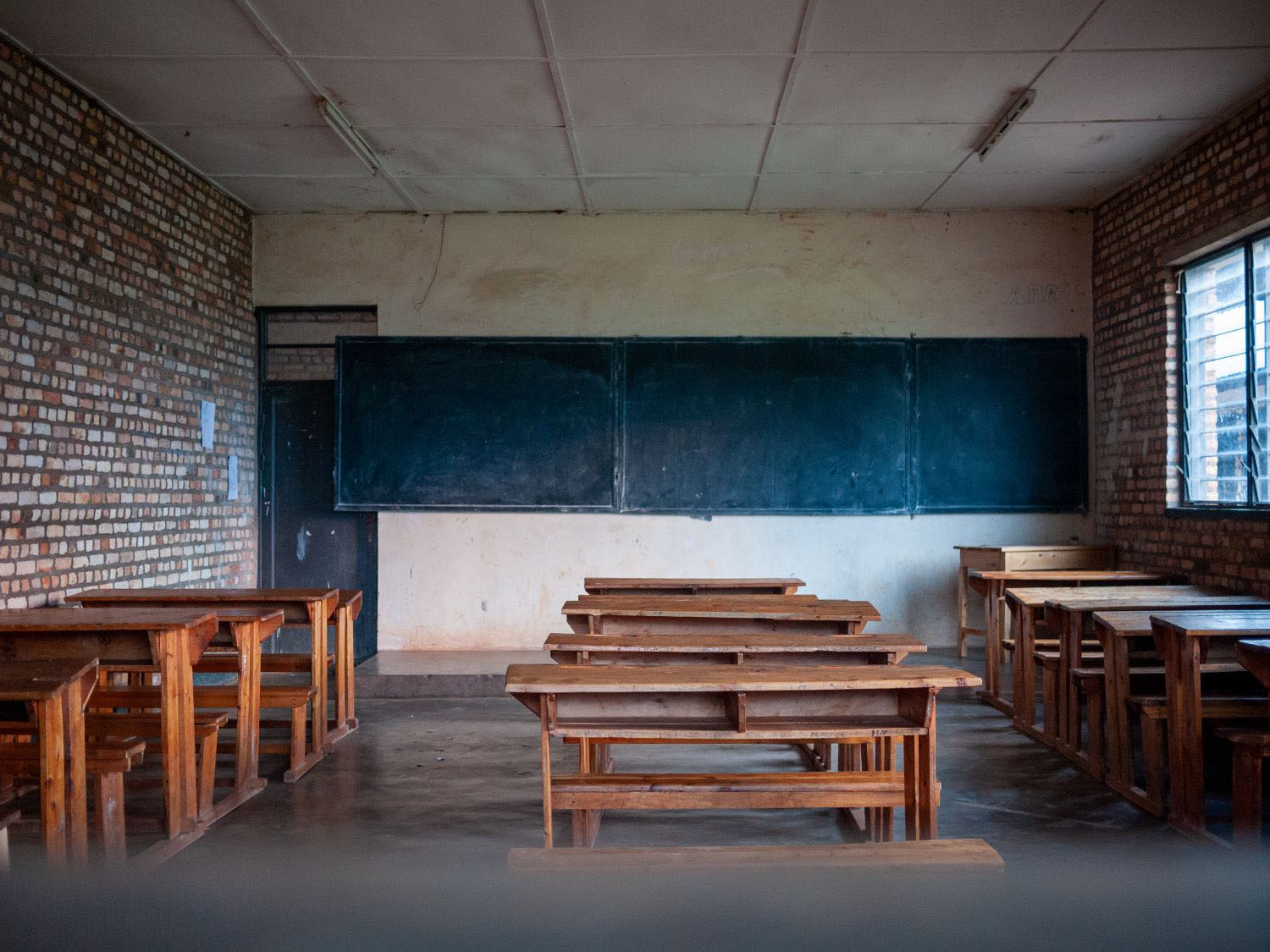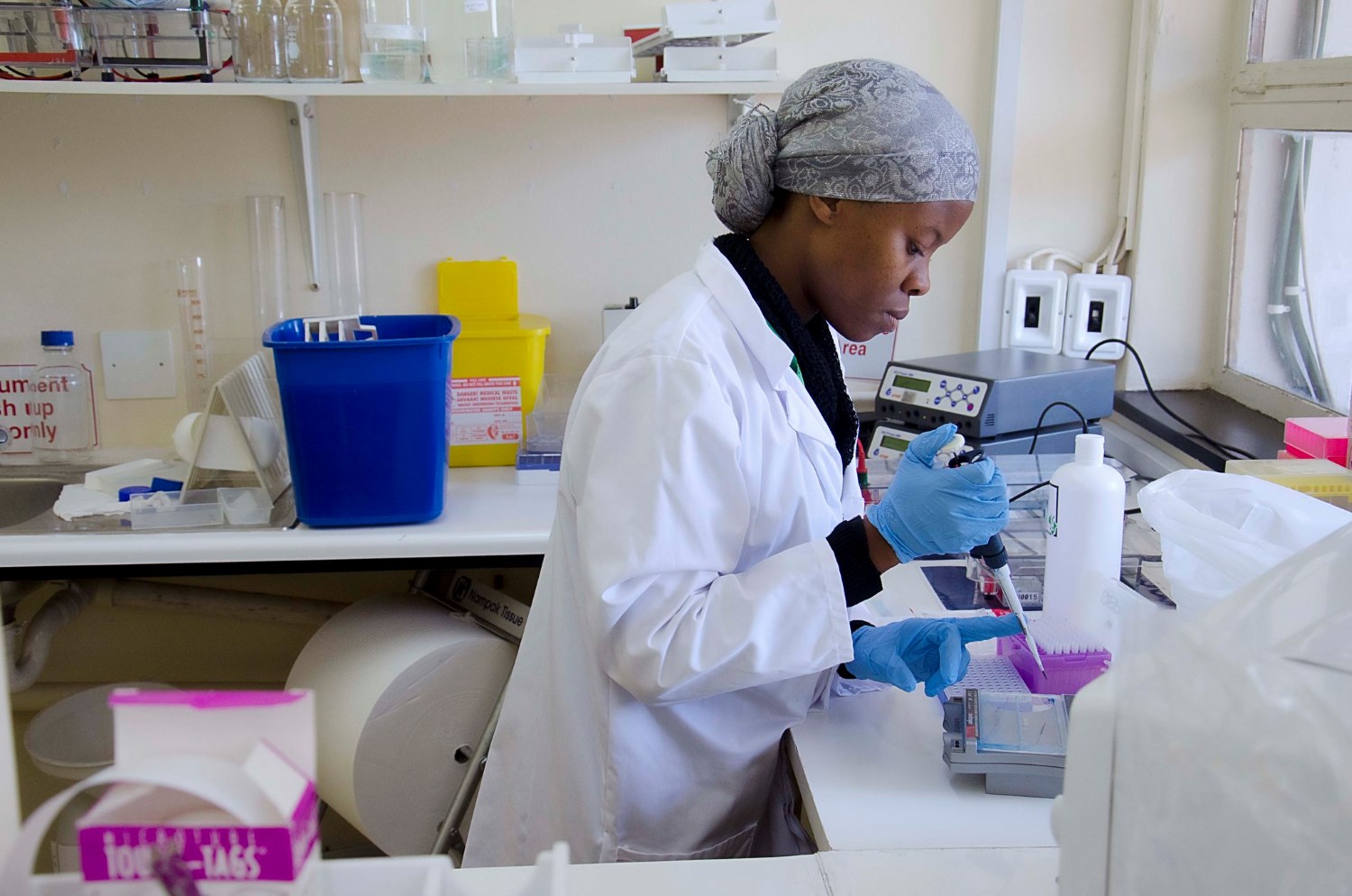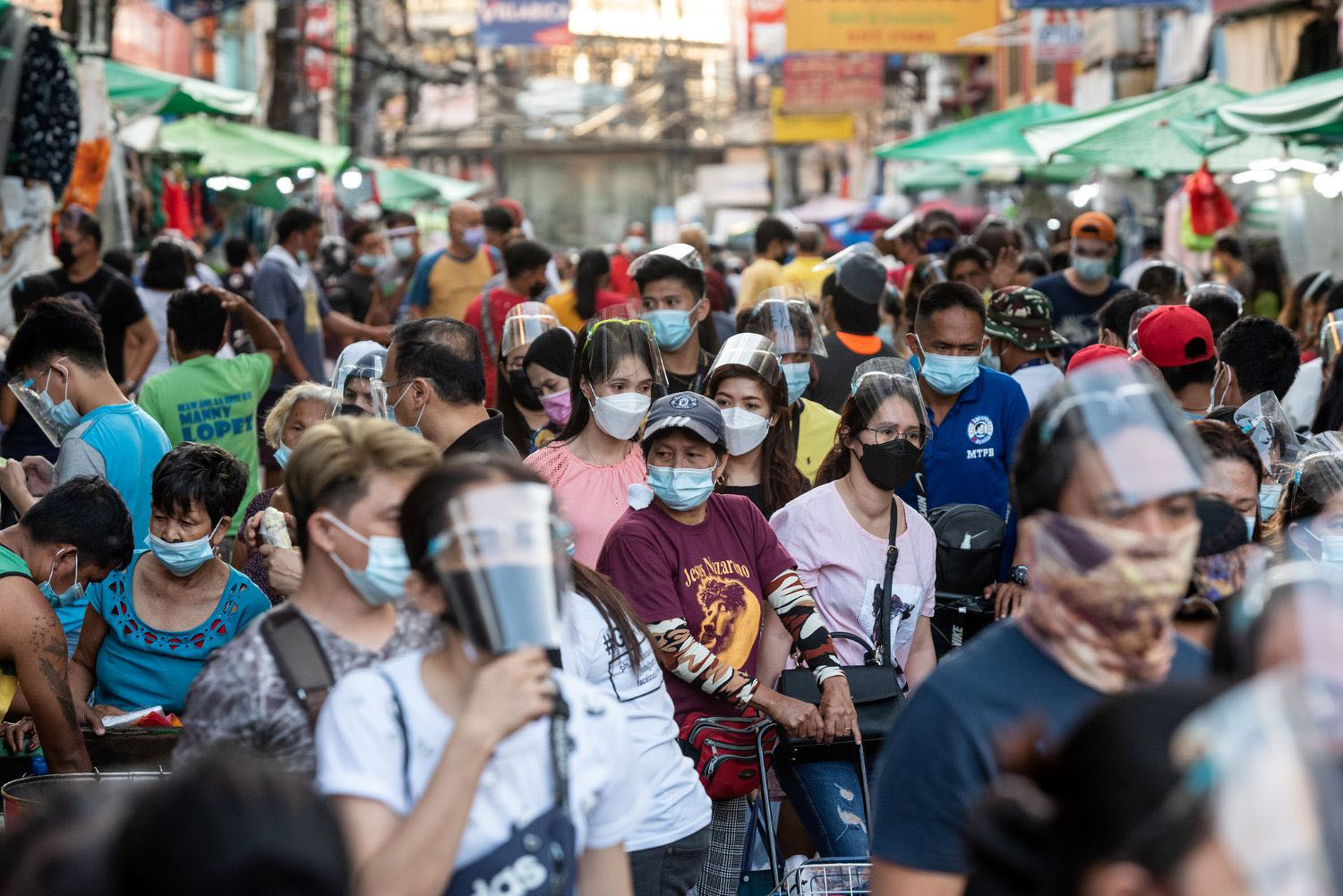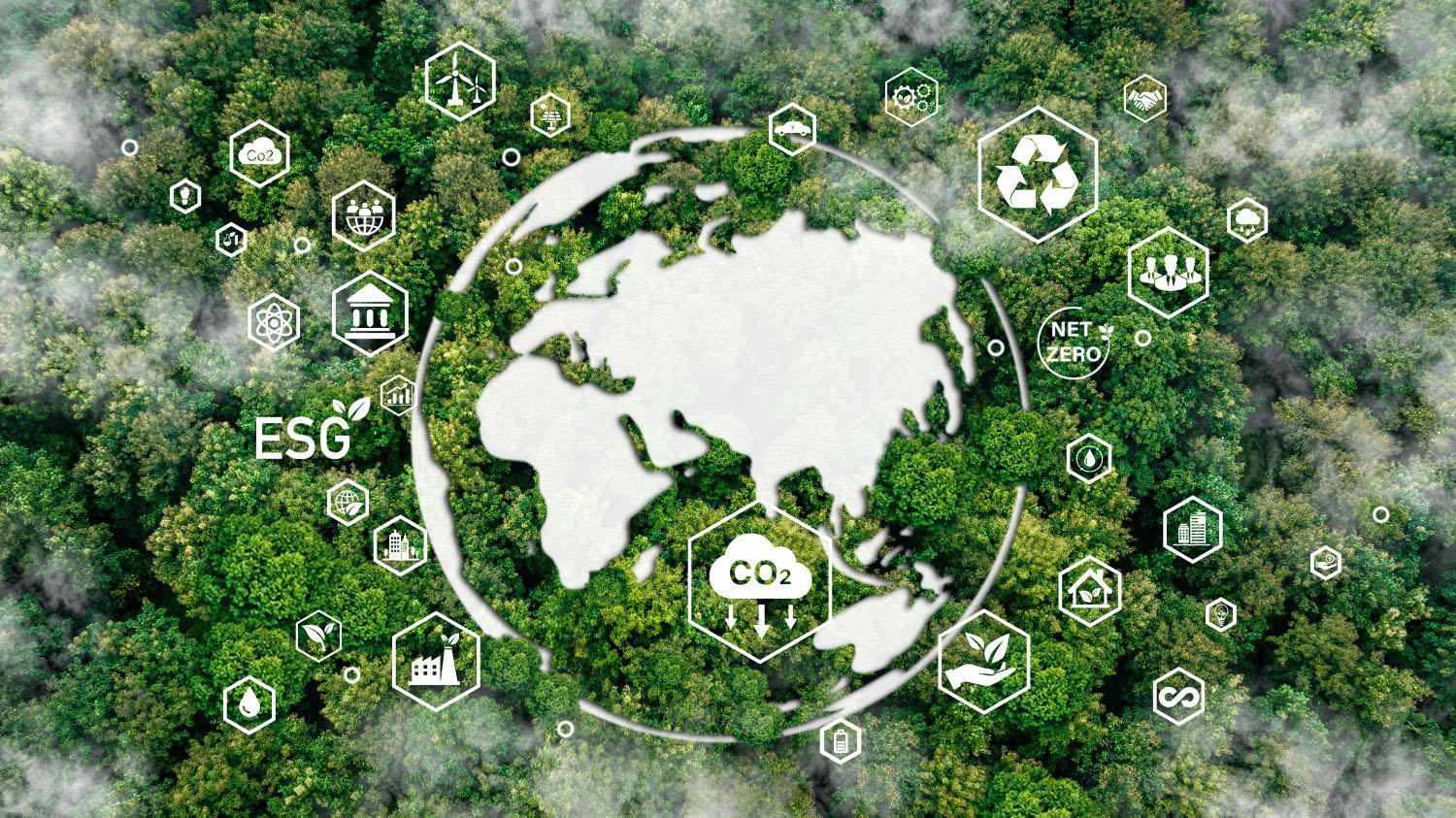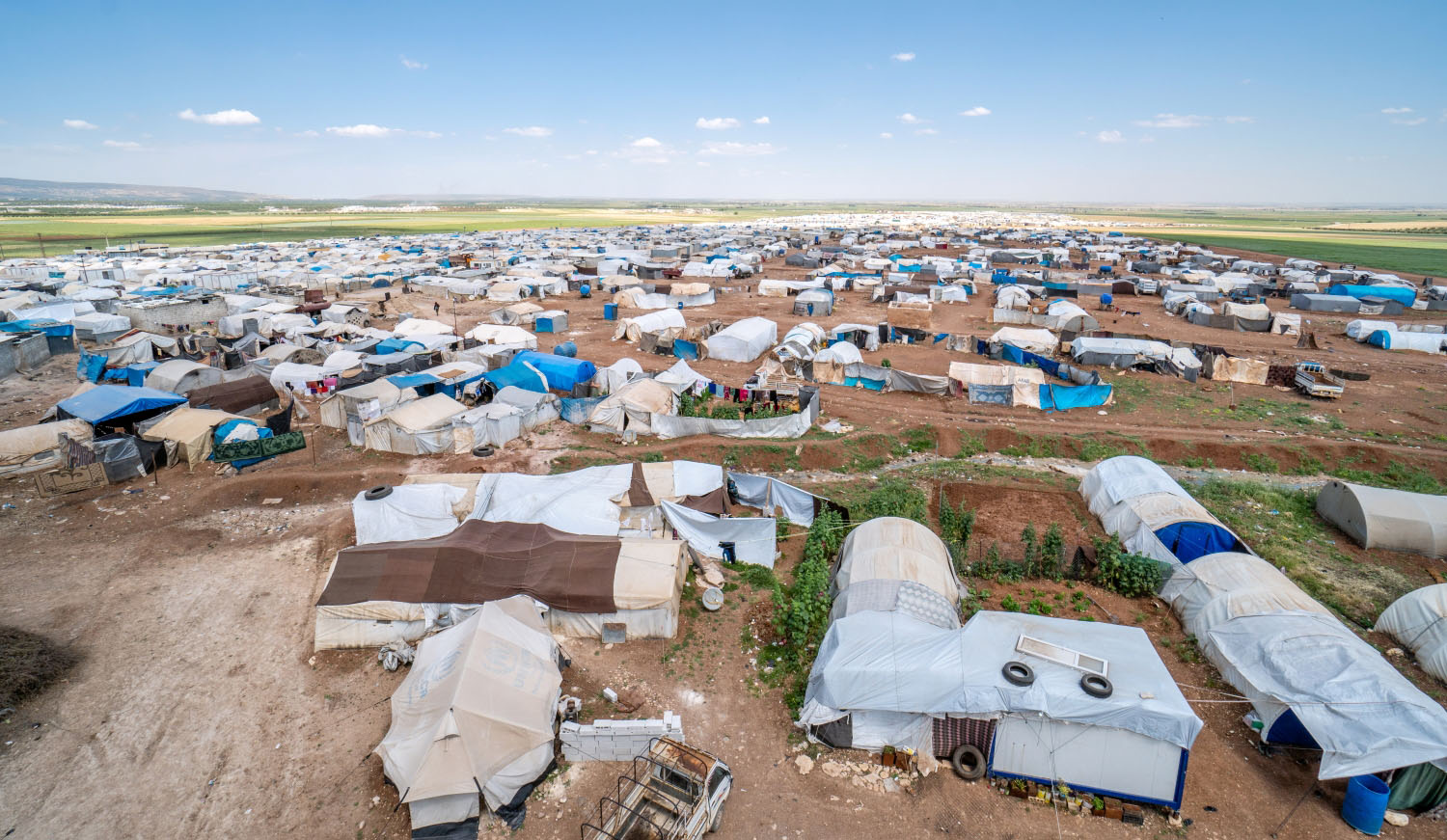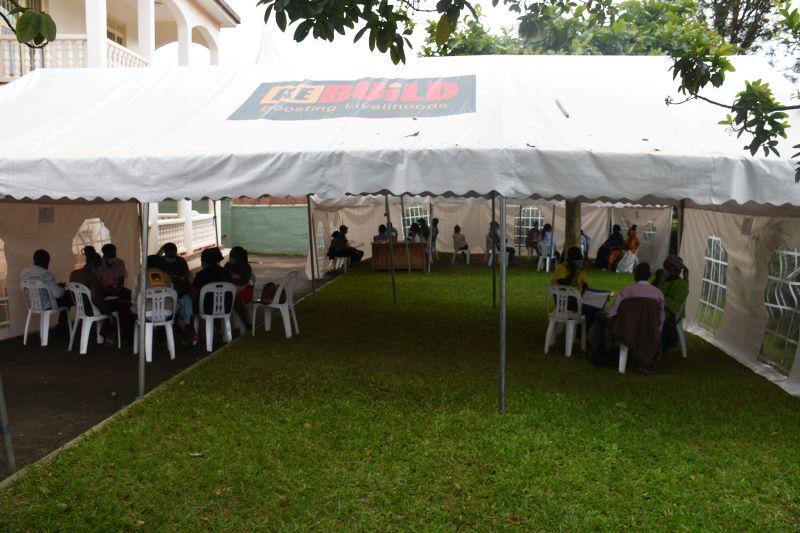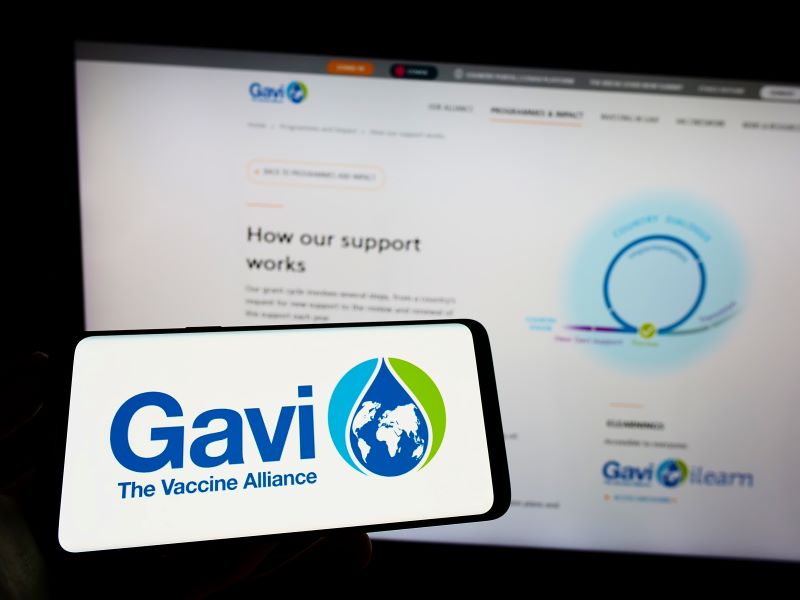Ideas to action: independent research for global prosperity
Research
Innovative, independent, peer-reviewed. Explore the latest economic research and policy proposals from CGD’s global development experts.
WORKING PAPERS
April 11, 2024
POLICY PAPERS
April 15, 2024
CGD NOTES
April 08, 2024
WORKING PAPERS
April 04, 2024
All Research
Filters:
Experts
Facet Toggle
Topics
Facet Toggle
Publication Type
Facet Toggle
Time Frame
Facet Toggle
Research
POLICY PAPERS
April 15, 2024
Many low- and middle-income countries are projected to spend less on health over the rest of this decade than they did pre-2020. The adage “more health for the money” is more meaningful than ever—but how do we act on it quickly? Disinvesting from low-value health technologies and interventions is on...
CGD NOTES
April 11, 2024
The reform agenda is long and complicated. MDB shareholders, managers, and other stakeholders need a systematic way to assess progress as objectively and independently as possible. CGD has built this MDB reform tracker for this purpose. The aim is a comprehensive tool, but also a focus on reform pro...
WORKING PAPERS
February 08, 2024
While labor market impacts of refugees in low- and middle-income countries are commonly studied, public services like education could also be affected by mass arrivals. This paper examines the impact of Syrian refugees on the educational outcomes of Jordanians. Combining detailed household surveys w...
CGD NOTES
January 30, 2024
As policymakers in protracted refugee situations shift from short-term humanitarian responses to longer-term development support, it is critical to identify effective approaches for allocating scarce resources. Hundreds of millions of dollars are spent on livelihood programs for refugees annually, y...
POLICY PAPERS
December 14, 2023
The prevailing fiscal outlook alongside broader shifts in the health landscape have important implications for countries’ eligibility for support from Gavi, the Vaccine Alliance. Current projections are similar to pre-COVID estimates, but the cohort of transitioning countries face more challenging ...
POLICY PAPERS
November 30, 2023
Since 2019, the UK’s strong reputation in global health has been undermined by a series of deep cuts and a distracting departmental reorganisation. 2024 may, however, represent a turning point, with new Foreign and Development Ministers, both with a strong track record on development, the implementa...
WORKING PAPERS
October 11, 2023
Many countries are facing a much harsher budgetary prospect than a few years ago. For low- and middle-income countries in particular, domestic health expenditure is expected to plateau or contract (in real terms) for many until 2027, development assistance for health has already plateaued, and a deb...


